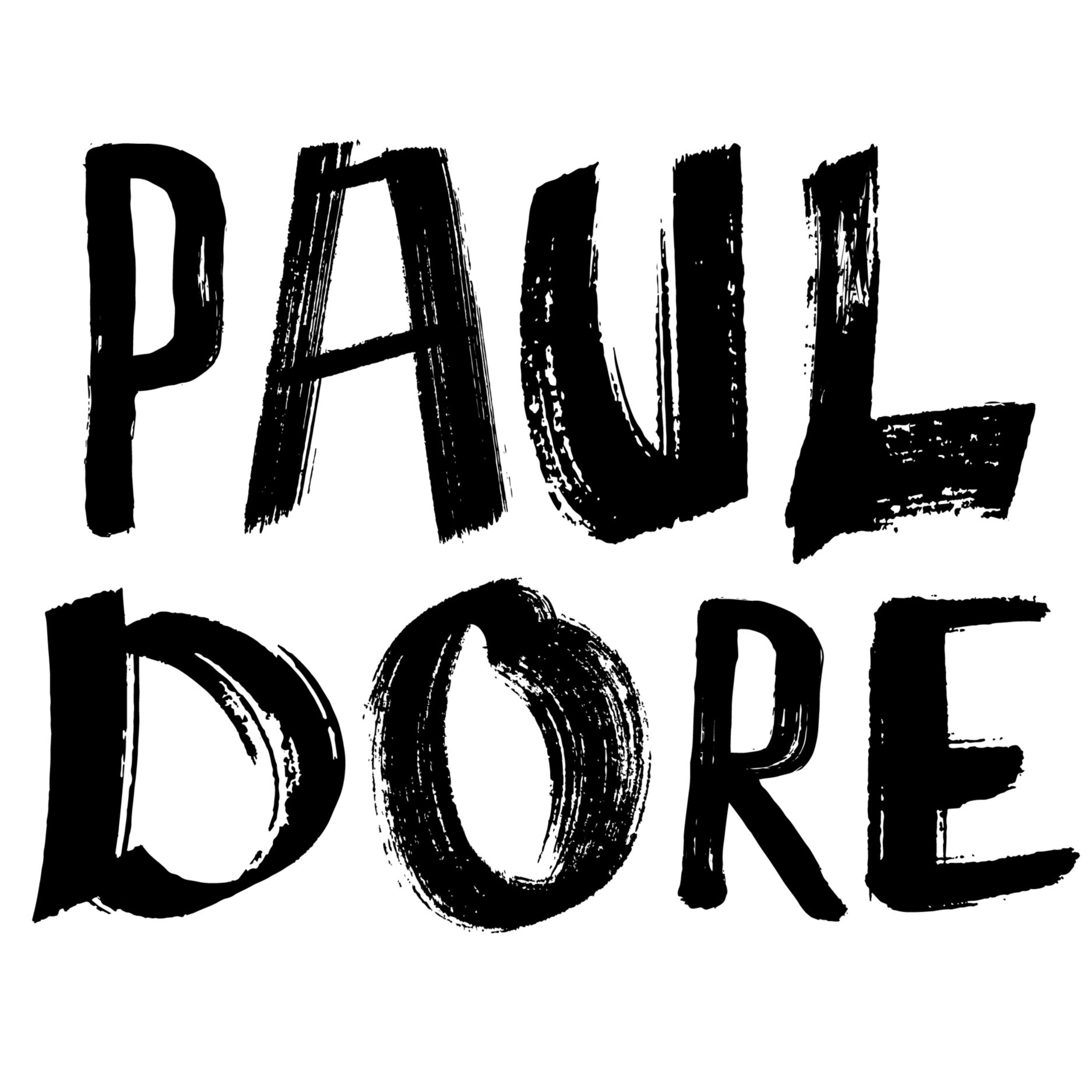7.3 All Art is Political
All good art is political! There is none that isn’t. And the ones that try hard not to be political are political by saying, ‘We love the status quo.’ We’ve just dirtied the word ‘politics,’ made it sound like it’s unpatriotic or something. My point is that is has to be both: beautiful and political at the same time. I’m not interested in art that is not in the world. And it’s not just the narrative, it’s not just the story; it’s the language and the structure and what’s going on behind it. Anybody can make up a story. — Toni Morrison (quotation excerpted)
Usually, I avoid writing about politics. Sure, I try to keep myself informed, but the last thing the internet needs in one more person spewing their opinion about the batshit crazy world of politics. We all know there are enough of those.
But I was listening to the recent WTF? Podcast episode with Marc Maron interviewing Michael Moore. Maron was going off about his time on leftist radio Air America and how he chose to step back from discussing politics on the air. Moore added that he felt this stepping away and re-establishing himself on his podcast was itself a political act. That by choosing a creative path with an open form medium and expressing himself and his life in all its insecurities and anxieties, he was making his reality and others that connected with his words a better place. And isn’t a part of politics how an individual interacts within society and how they impact those around them?
I have to agree with Toni Morrison from the above quotation, and would add that perhaps the concept of what we’ve made politics into needs to be reconfigured. Let’s not go down this rabbit hole because if anyone actually reads this, the discussion will no doubt fall into a focus on the state of politics and to be truthful, I don’t give a shit about beating that dead horse.
I’m interested in art as a political movement, especially the kind that is attempting to make a deep connection to listeners, readers or audiences. Take podcasting as an example. I think Moore is right, that Maron has established a place of personal expression that is free from corporate media. Yes, he has sponsors and advertisers, but he is in control of them and they do not dictate what he can or cannot say on his show. I believe him when he says his agenda is to connect to people.
Let me try and illustrate this with a personal story which involves starting a club for people who are self-conscious about their noses. Last week, I told a story at the monthly event Stories We Don’t Tell about being self-conscious with the size of my nose. As always, I tried to bring more depth to the idea and built in a discussion about outdated views that surround masculinity.
After the event, at least five people came up to me to tell me how self-conscious they were about their noses while growing up. They all relayed these stories with smiles on their faces and we all had a good laugh about how ridiculous these thoughts or feelings were. I suggested starting a club for people with big noses where we can discuss different issues around body image. I was only half joking. So, all good things - sharing this story engaged the people who were listening. However, sometimes I wonder if standing up and telling a group of people a story about my life is a selfish or self-indulgent act. How do you make people care about what you’re saying without just making them feel sorry for you?
Recently, I was reading about some research behind video games by designer Jane McGonigal. She stated that when people play certain types of video games together in the same room, there is a “neurological and physiological linkage” or “mind-and-body meld.” As she wrote:
The two players start to make the same facial expressions, smiling and frowning in unison. Their heart rates adapt to the same rhythm. Their breathing patterns sync. Most astonishingly, their brain waves sync, as their neurons start to ‘mirror’ each other. As psychologists have recently discovered, all four types of synchronization - facial expression, heart rate, respiration and neural activity - are strongly correlated with increased empathy and social bonding.
McGonigal goes on to explain that there is an “upward spiral of positive connection” that exists when people sync up:
It [synching] helps us understand each other better, which means we have smoother social interactions - and that makes us more willing to interact with each other again in the future. When we’re biologically synced up, we also perform more effectively together, because we’re better able to anticipate each other’s actions. Experiencing success together makes us more likely to help each other in the future.
I don’t play a lot of video games, but I do see a connection with this idea to an audience at a storytelling event. If the storyteller is successful, they could potentially create a shared experience where the entire audience syncs up and perhaps establishes a stronger collective bond. The people sharing with me their own stories regarding their self-consciousness about their physical appearance was not just surface conversations, they were about opening up a conversation around anxiety, confidence, how you fit into the world, how you don’t fit into the world and how you perceive yourself versus how others perceive you. We are opening up a dialogue between strangers. Could a story about my nose be considered a radical political act?
I’m probably reading too much into all this, and perhaps analyzing it way too much. All I know is this: we are increasingly living in a world where the distribution of art is becoming more and more democratic. So, I guess, in a way, all art IS becoming political.
